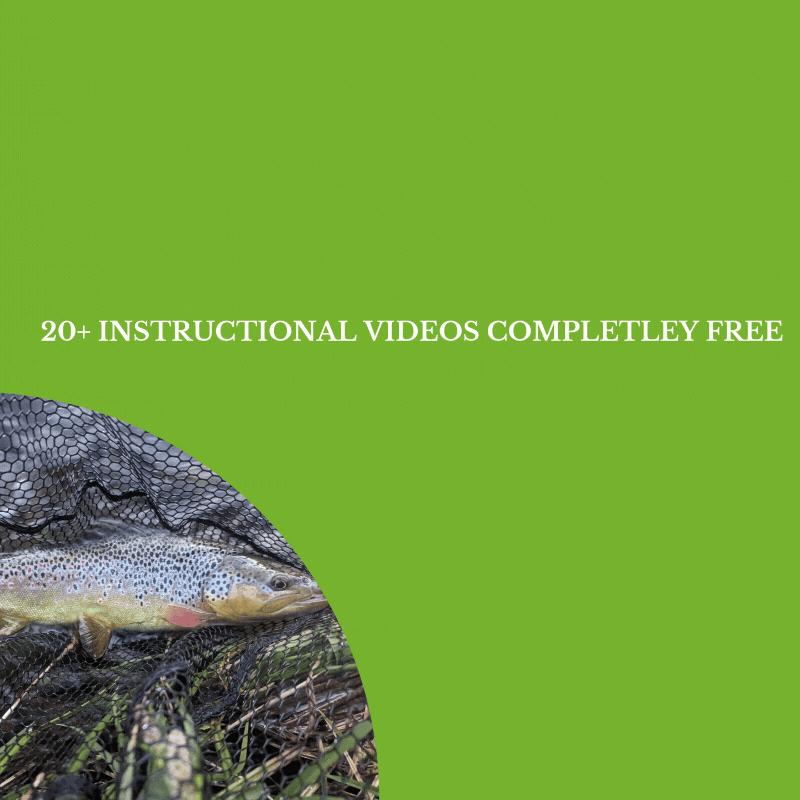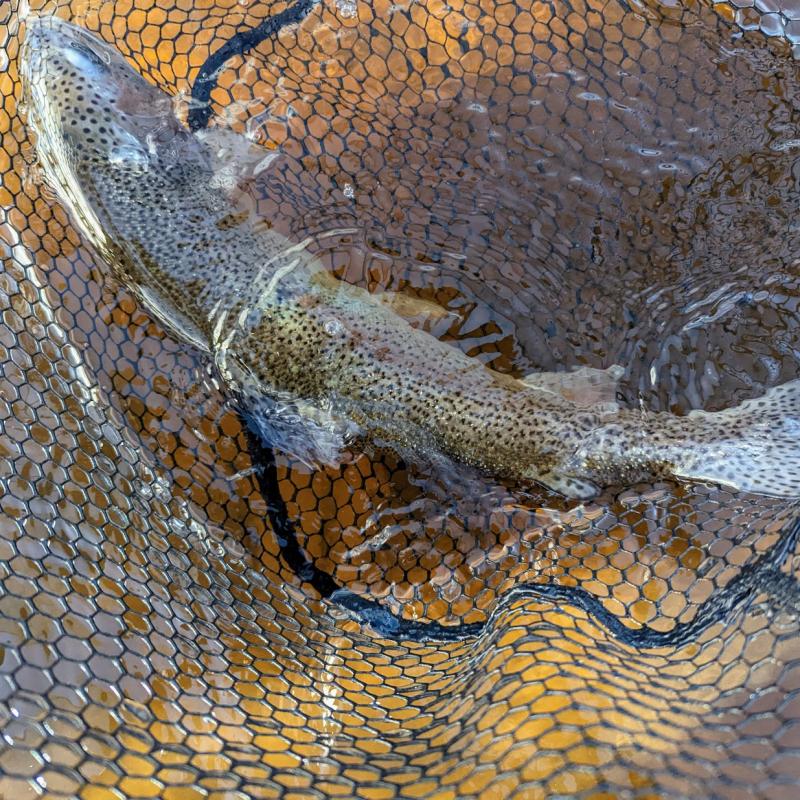




You can’t catch fish if your fly’s in the air. This post explains why the best fly casters often cast the least — and how to turn that into more fish landed.
Good Casters Fish More
If you spend time around top fly fishers, you’ll notice something subtle — they don’t cast much. Good casters are efficient. They spend far more time fishing than false casting, and that’s one of the biggest differences between those who catch a few fish and those who catch a lot.
You Can’t Catch Fish If Your Fly’s In The Air
It’s an old adage because it’s true. Every second your fly is in the air, it’s not in the water, and trout rarely rise to mid-air flies. Competition anglers know this better than anyone. In a match where every minute counts, they minimise casting, make short, accurate drifts, and get back into the water as quickly as possible.
The Maths Of Wasted Time
Scenario: You fish for eight hours — 480 minutes on the water.
- If half your time is spent false casting or changing angles, that’s 240 minutes not fishing.
- Improve efficiency and cut that casting time in half, and you gain 120 extra minutes of real fishing time.
Two extra hours with your fly working for you is a massive edge. Put simply: the angler whose fly is in front of fish for longer will usually catch more.
Better Casting Means Less Casting
Ironically, it’s the best casters who often cast the least. A tight, efficient loop, a smooth double haul, and good timing mean the fly lands straight, the leader turns over cleanly, and there’s no need to false cast repeatedly to dry a fly or adjust distance. A good cast should end with your fly fishing, not with another cast.
What We Teach In Our Intermediate Lessons
Our Intermediate Fly Fishing Lessons are built to increase casting efficiency so you spend more time fishing and less time waving the rod.
- Tighter loops for accuracy and control
- Confident hauls to add clean line speed
- Timing and line management that reduce false casts
- Refreshed fundamentals that make every cast count
It’s not about throwing the whole line. It’s about putting the fly where it needs to be with minimal false casting, then fishing it properly.
Final Thought
Every cast is a means to an end. Next time you’re out, notice how often your fly is actually in the water. Trim the wasted movement, shorten the false casts, and keep that fly working. The more it fishes, the more you’ll catch — simple as that.
Book an Intermediate Fishing Lesson

